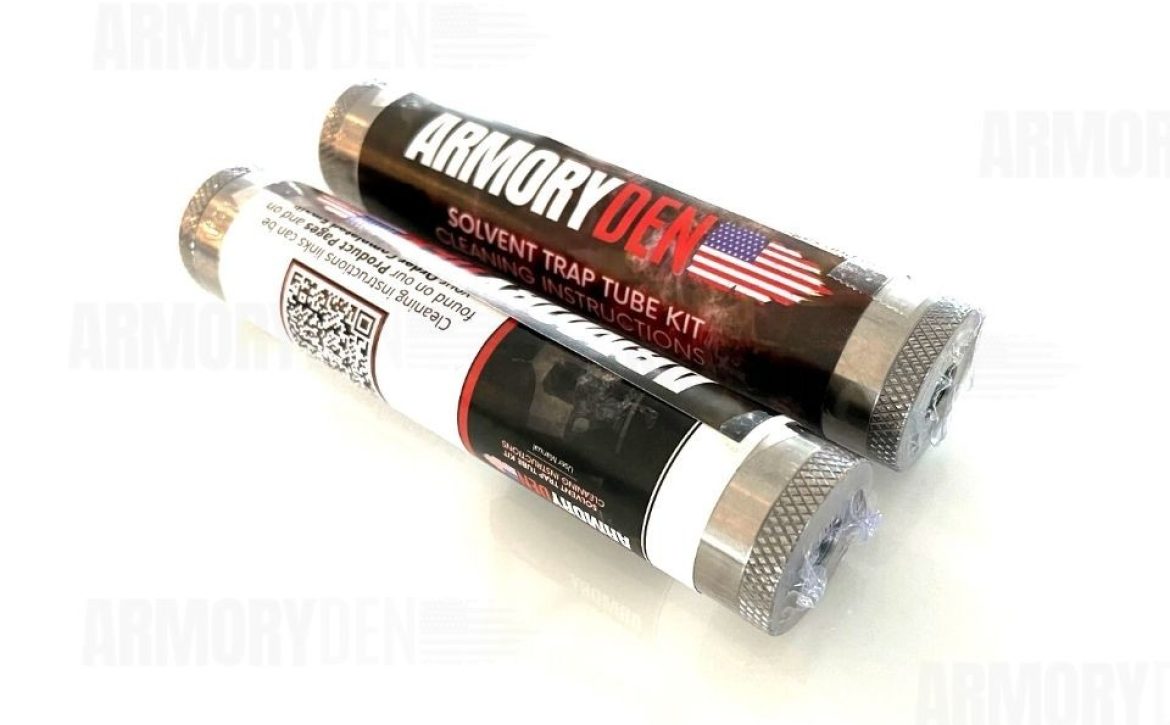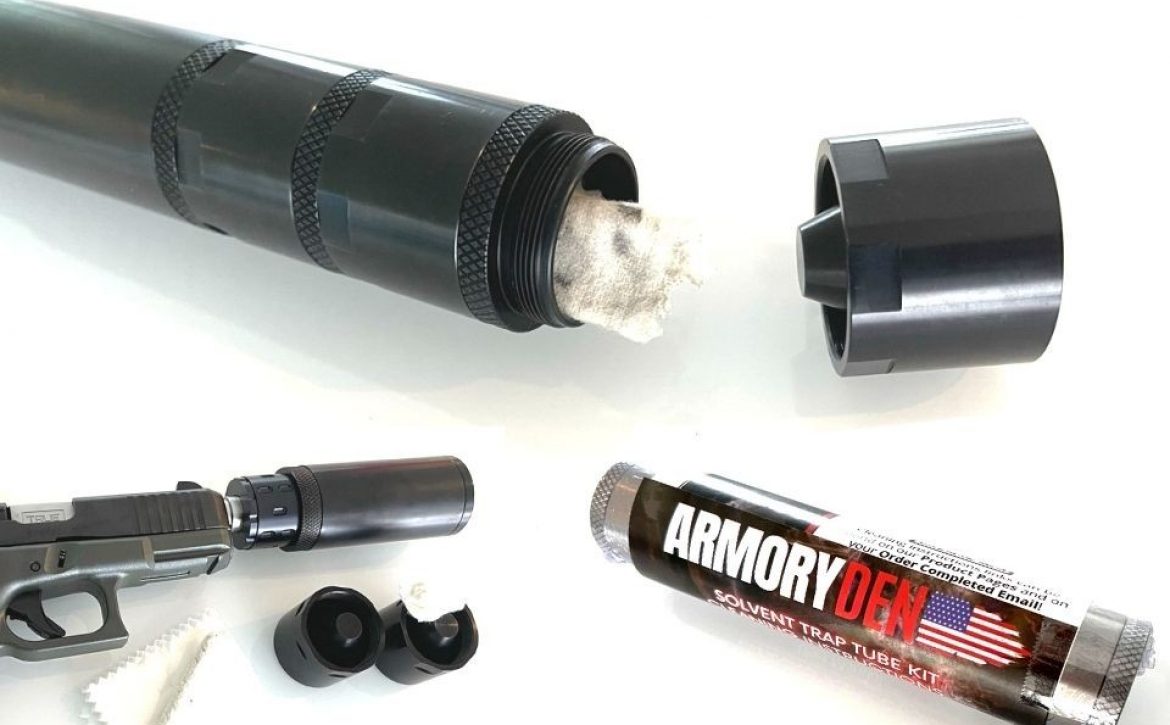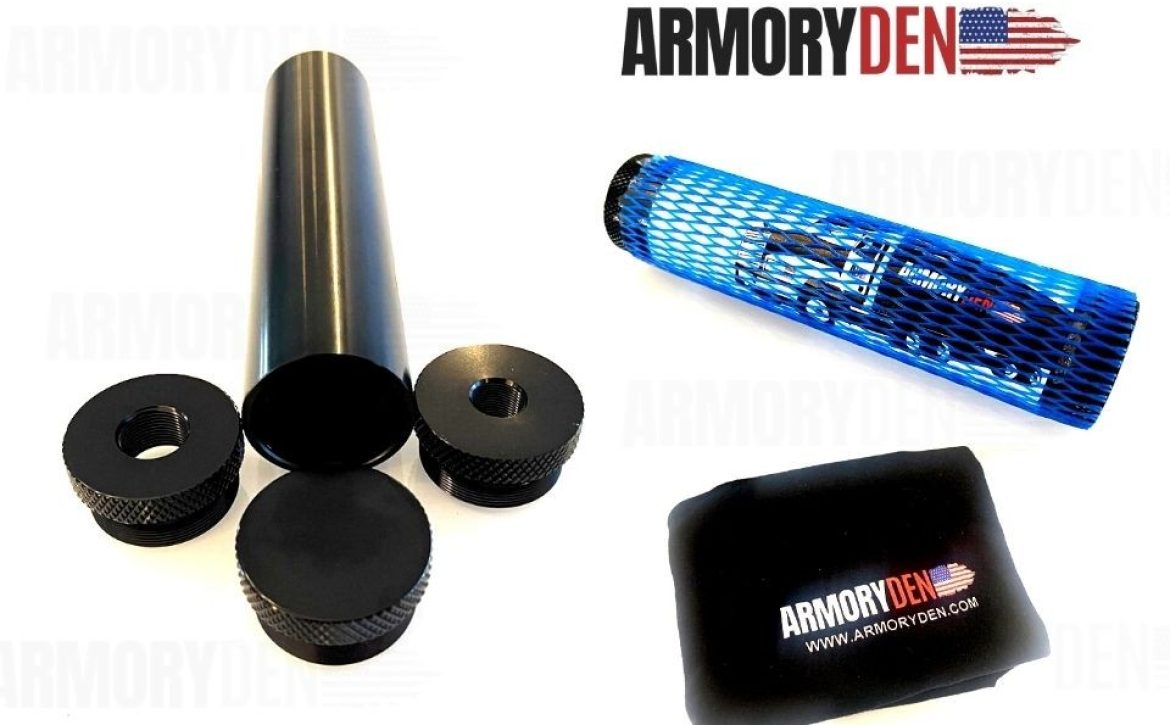How NRA Certified Firearm Instructors Can Expand Customer Knowledge and Business with Solvent Traps
It is no surprise that part of a standard NRA Certified Firearm Instructor led course is firearm safety. One may not think of firearms cleaning as a component of firearms safety, but a clean firearm is a reliable and safe firearm. Therefore, instructors of firearm courses would benefit tremendously by learning about the benefits of cleaning with a solvent trap. Using a solvent trap will pass on many benefits to their customers.
Benefits that include, but are not limited to the following:
- Reduction of residual solvent messes
- Reducing the negative biological and environmental effects of toxic solvents
- Making solvent recycling and proper disposal possible
- Cleaning supply transport capabilities
- Increase in firearm longevity, reliability, and safety
The point that is most important and most relevant to firearm safety courses is obviously the last point, which is that a properly and thoroughly cleaned firearm is proven to increase not only the reliability, but also the safety of the firearm.
Why is firearm cleaning with a solvent trap so important?
A firearm that is not thoroughly, properly, or frequently cleaned and lubricated, can cause one or more of the following issues, some of these issues can pose a threat of injury or worse to the firearm operator:
Rusting: This occurs from oxidation and oxidation effects metals more that are not properly stored or that are not properly cleaned and lubricated.
Residual Fouling Buildup: Remnants of carbon, lead and copper from the gunpowder that build up marginally after each bullet that passes through the firearm. The residual fouling can build up in the barrel, affecting your precision and potentially your handgun’s reliability.
Failure to Fire: Failure to fire is a common issue with guns that don’t see regular cleaning. If the handgun has enough residue build-up, it may fail to shoot a round of ammunition after pulling the trigger.
Failure to Feed (FTF): Lubricant can get in places it shouldn’t be, especially if you over oil your weapon. If it manages to get into the areas that shift rounds from the magazine to the chamber, it may cause an FTF. Essentially, the round never makes it to the chamber, despite activation.
Failure to Eject (FTE): While the other two failures involve the round never leaving the gun, FTE refers to the casing jamming in the barrel. It’s an annoyance and less dangerous than the other two but is also preventable with regular cleaning.
Even though it is rare for the issues above to cause problems that may cause direct injury or death to the firearm user, enough buildup and residual remnants of carbon and other materials can cause fatal disasters.
The safety issue that is more relevant to a clean firearm comes down to reliability. Most people buy firearms to protect theirs and their families lives, and a reliably operating firearm has a direct effect on the safety of the user if an unfortunate event comes to be that requires its use. If the firearm doesn’t’ function when it is needed, that may literally be the difference between life and death.
Are you a Firearm Instructor?
If you are a firearm instructor, most likely the safety and reliability issues mentioned above come up during the cleaning and/or safety topics during your course. If not, maybe this additional knowledge will open your understanding and interest in emphasizing the safety and reliability benefits of thoroughly cleaning with a solvent trap, as opposed to traditional firearm cleaning.
Armory Den recommends that you consider incorporating knowledge of solvent trap cleaning systems into firearm safety related courses. If you are a firearm instructor and interested in providing more information and possibly providing solvent trap options to your customers for purchase, feel free to drop us a line!




